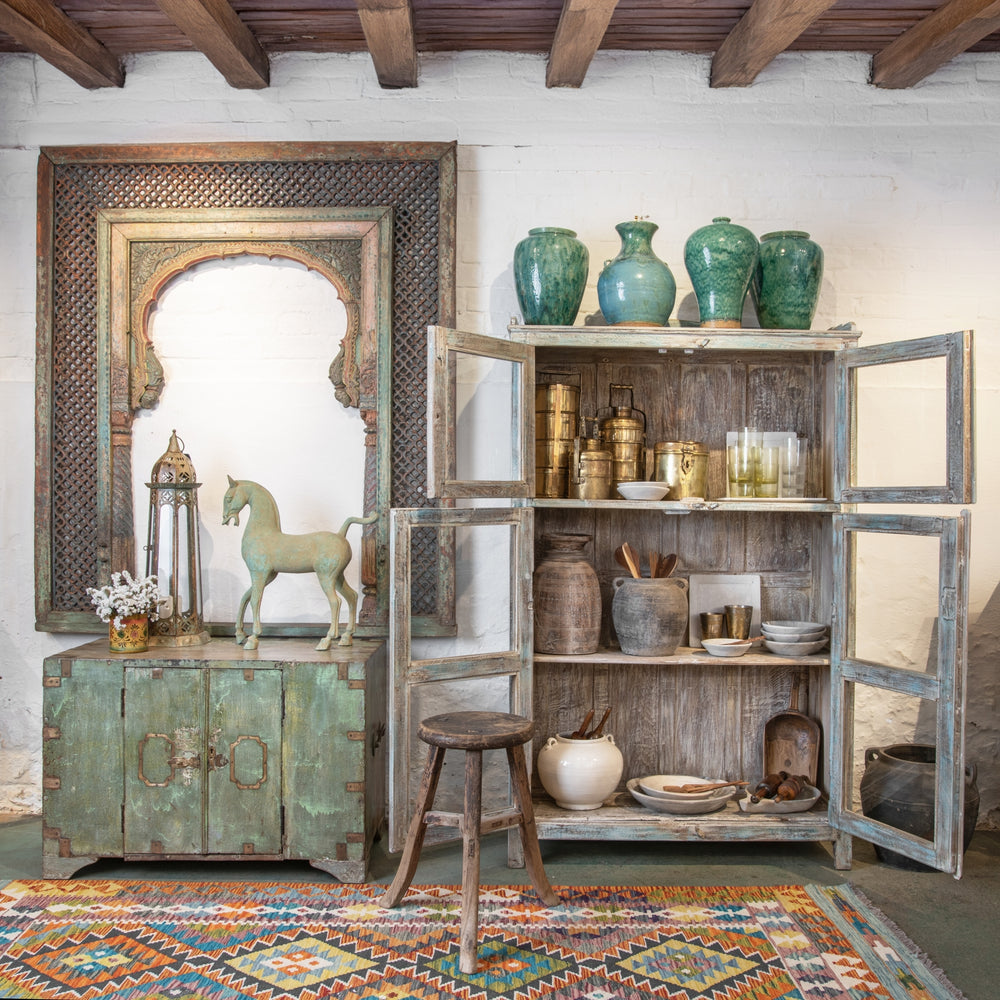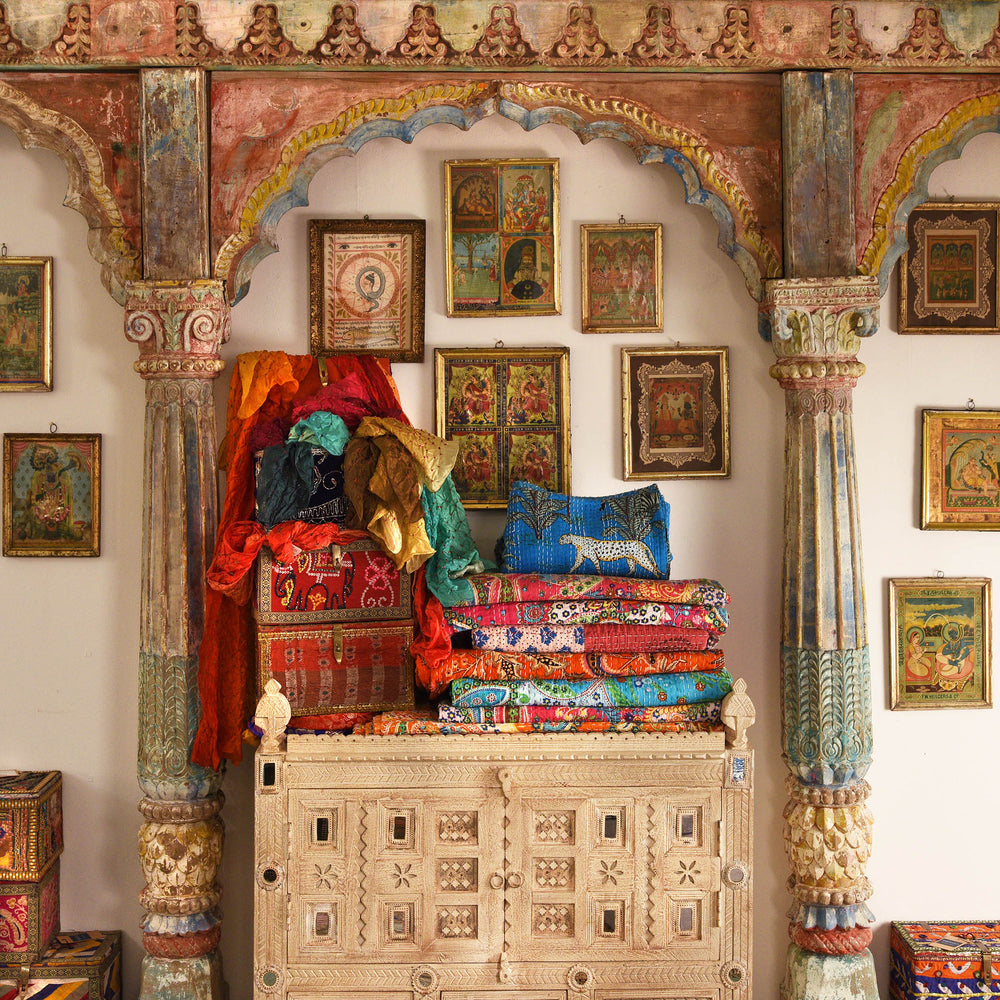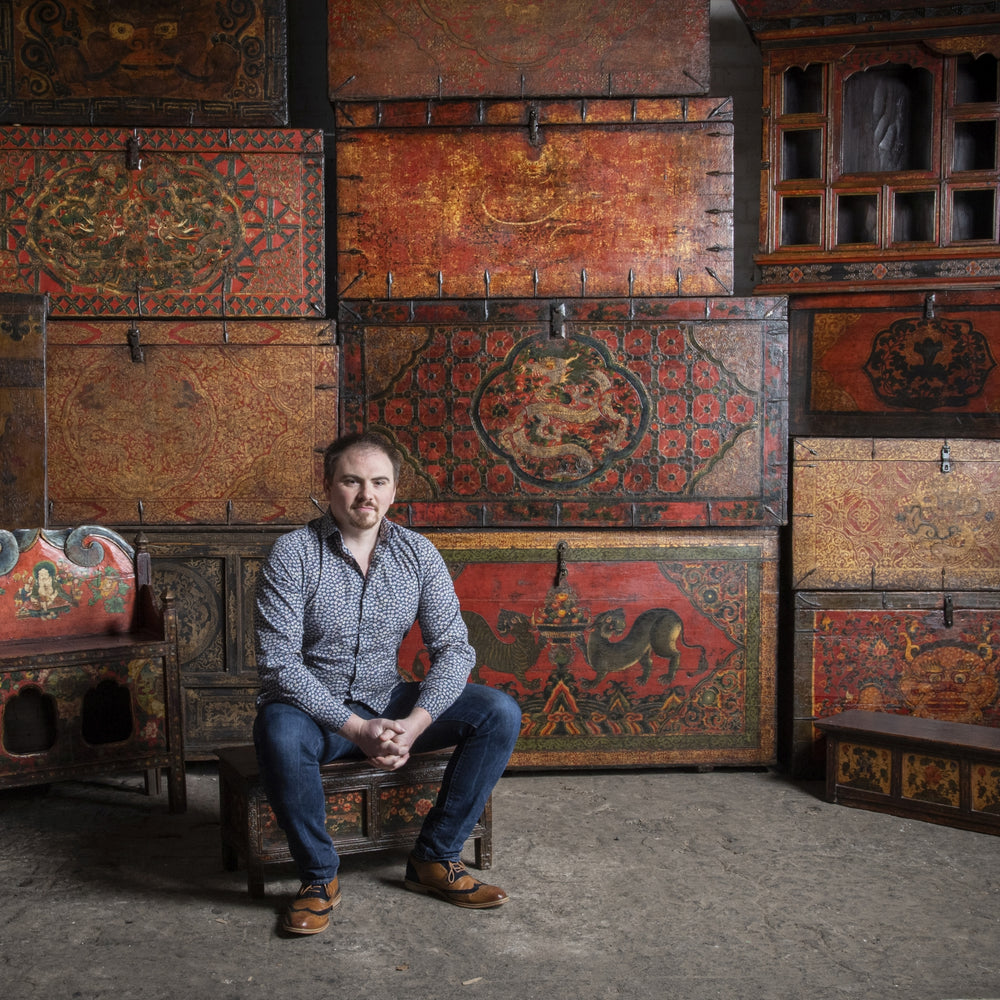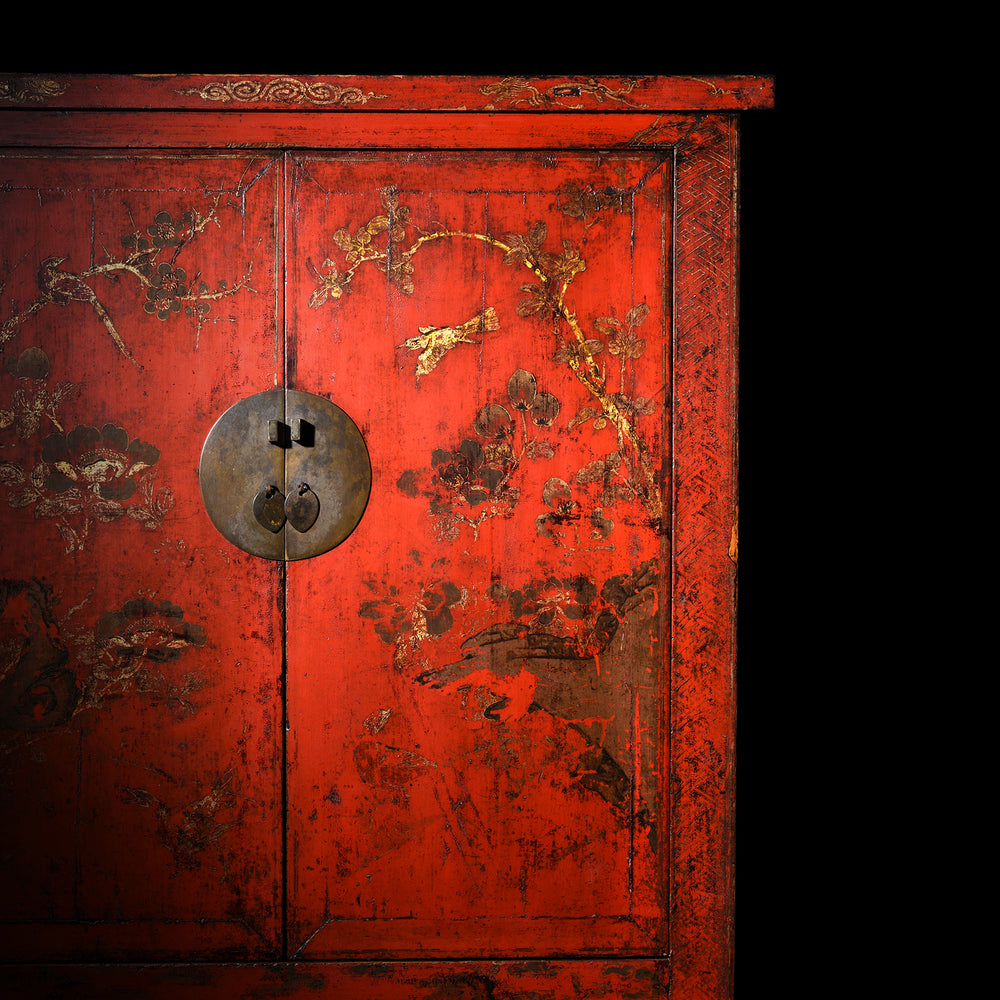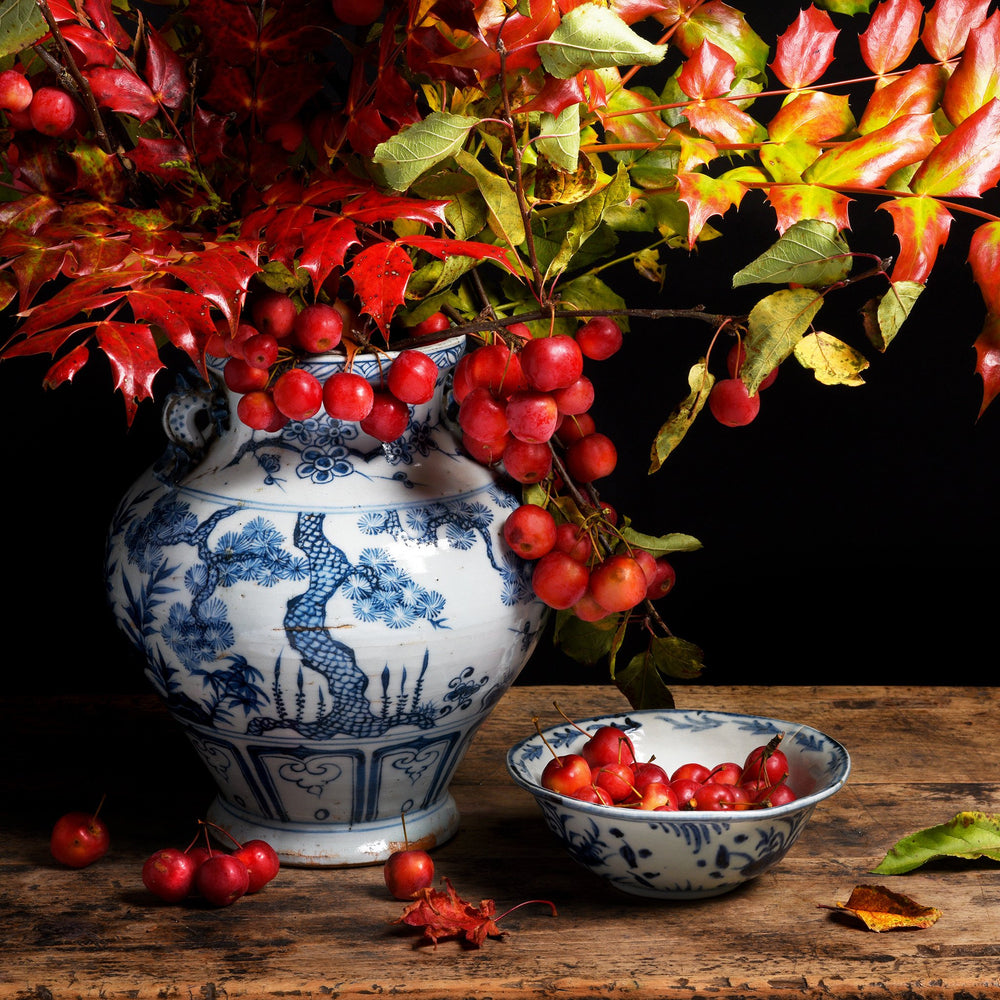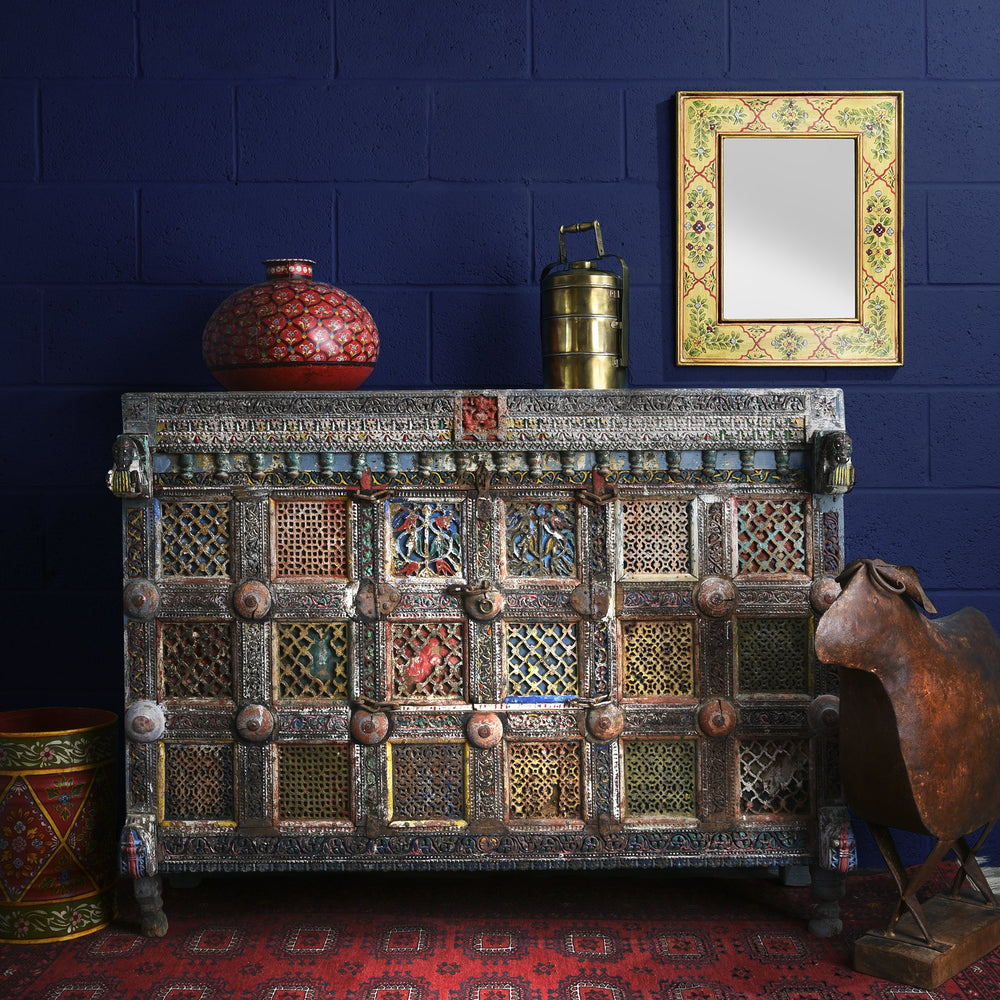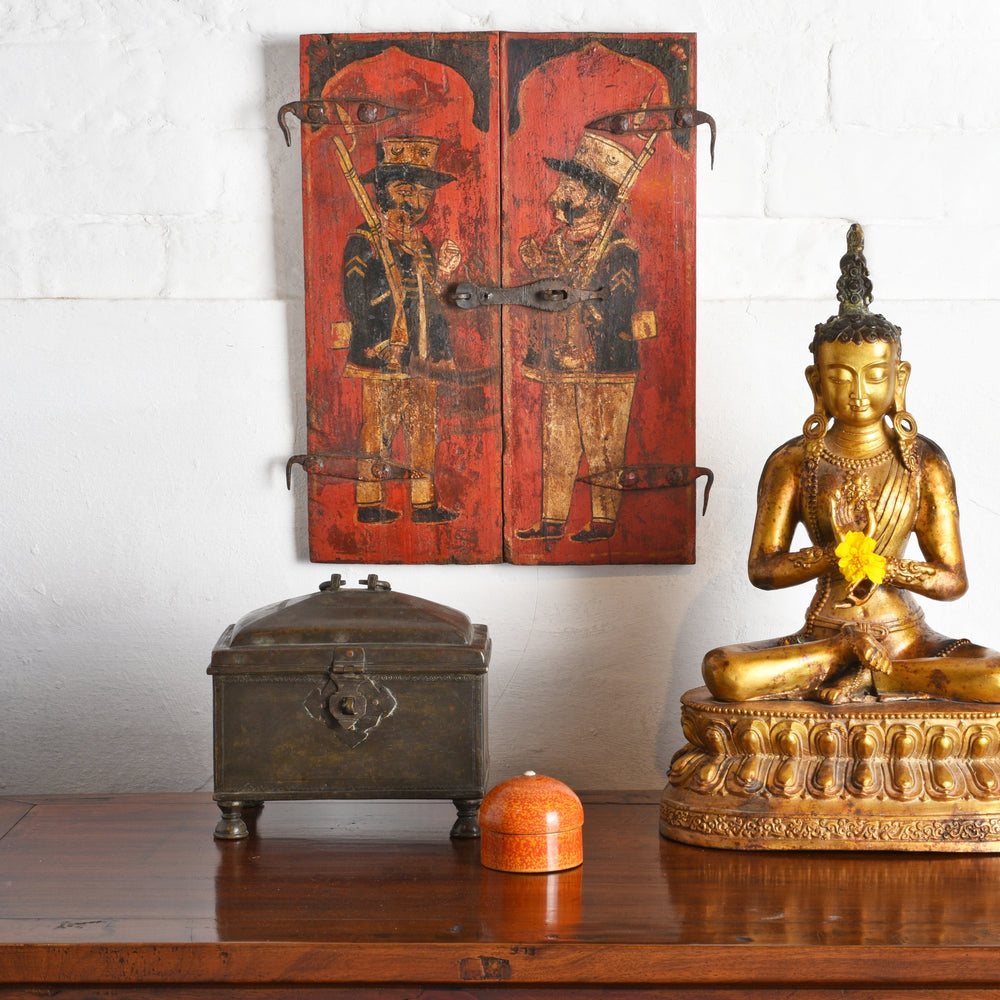Free Delivery Over £250 With Code DELIVERY | Call us on 01672 564722 with any questions
Free Delivery Over £250 With Code DELIVERY | Call us on 01672 564722 with any questions
Furniture
Home Decor
About Us
Shop By Origin

What is Feng Shui?
MARCH 17, 2025
When it comes to designing and decorating our interiors, the practice of feng shui can be a helpful guiding force. We consider what this ancient design concept means and how you can use it in your home.
What Does Feng Shui Mean?
Feng shui is a Chinese concept concerned with the sense of harmony and balance a person has with their surroundings. For this reason, it is often utilised in interior design to create spaces with a natural flow and good energy.
The word ‘feng’ translates to wind and ‘shui’ translates to water. Both can symbolise good health and prosperity and signify the value of connecting with the natural world.
Feng shui, which is rooted in Taoist philosophy and has since influenced centuries of Chinese interior design, aims to direct energy for the most harmonious result.
The Core Principles of Feng Shui
There are several core concepts within feng shui which help to indicate ideal furniture placement and show the best ways to create a sense of balance.
- Qi/Chi: A vital life force or energy that flows through everything. It is thought to influence how a space feels and the goal is to create a positive flow of qi.
- Yin & Yang: The idea of opposing but complementary forces that, when balanced correctly, create a feeling of harmony and well-being.
- Wu Xing: This refers to the ‘five elements’ water, fire, wood, earth and metal, which are each associated with certain colours, shapes, qualities and meaning. How the elements interact can be used to influence the energy flow of a space.
- Bagua: An energy map that segments a space into eight pieces, each correlating to a different aspect of life (wealth, reputation, love, health, children, knowledge, career and helpful people). This can be used to help you align each area with the proper feng shui practices.
These interconnected aspects form the basis for feng shui and provide insight into how the overall goals of the practice are achieved.

What is Good Feng Shui?
Cultivating a sense of good feng shui in your home can take a bit of trial and error. It does, after all, heavily rely on how the space ‘feels’ which can change depending on your evolving style preferences or new items of furniture.
Colours, shapes and materials can all affect the sense of feng shui, along with where certain items are placed in a room in relation to each other and the energy map.
How to Use Feng Shui in Your Home
Once you have a basic understanding of how feng shui works and which elements may be beneficial to you, there are so many ways to incorporate its positive design influence into your home.
1. Prioritise Clutter-Free Spaces
A cluttered space can lead to a sense of blocked qi. This often results in interiors that inspire negative emotions like stress and overstimulation, where the overall goal is balance and harmony.
Decluttering your interiors is a simple way to restore a sense of positivity and openness. It is about finding ways to create space, which is thought to allow energy to flow more easily. Plus, getting rid of unneeded or unwanted items ensures you can properly showcase the things you really love.
Start by focusing on entryways as this is ‘the mouth of qi’ and sets the tone for how energy will enter your home. This might include investing in new storage solutions to tidy away shoes and coats or getting rid of bulkier entryway furniture or decor that overwhelms the space.

2. Think About Movement & Flow
The idea of ‘flow’ in a home may seem quite abstract initially, but it can help to think about how you use and move with your spaces. Consider the daily paths you take and the activities you perform. Remove or reduce any obstacles you may encounter.
This could be furniture placed in the wrong position or something that brings irritation to your daily life. Carpets that slide around, lights that flicker or loose cupboard doors are all common obstacles that stop us from enjoying our spaces and getting the most out of them. Fix anything that’s broken and find the optimum placement for furniture that allows for a smoother, more tranquil everyday experience, making your life and the flow of positive energy easier.
3. Consider Feng Shui Placement
The ‘commanding position’ is another core concept within feng shui that offers guidance on where to place particular furniture items, especially beds and desks. It is all about creating spaces that give you a feeling of control, comfort and security.
The commanding position describes putting key furniture within sight of the door without being directly in line with it, with a good view of the rest of the room.
Carefully consider layout by placing the most important piece of furniture in a room in this position (often diagonally across from the door) and building around it. This provides a positive energy flow, which is especially important for spaces of relaxation and creativity, like bedrooms or home offices.
4. Use Colour Mindfully
Different colours are associated with different elements and areas on the bagua map, which imbue them with specific meanings and energies. If you want to adjust the character/energy of your space, changing or introducing new colours can be especially effective.
The purpose of the space will influence the feeling you want to create. For instance, it’s intuitive for many of us that bright, energetic colours are likely not the most suitable for relaxing spaces where we want to focus on sleep and tranquillity.
Be mindful about the kind of colours you use and where you apply them. Do you want to create a sense of clarity and productivity with white, renewal and freshness with green or power and wisdom with yellow? There are endless ways to utilise colour with a more considerate meaning.

5. Utilise the Five Element
Similarly, you can use the five elements as a guide for the kinds of colours, shapes and materials that are most suited to a particular room. Each element is associated with various qualities and positions on the bagua map.
Balancing the five elements in your home is considered good feng shui. Each element is thought to encompass the following:
- Fire: Passion, transformation, triangular shapes, reds/oranges.
- Water: Clarity, wisdom, wavy and flowing shapes, black/dark greys/dark blues.
- Earth: Stability, grounding, square and rectangular shapes, browns/yellows.
- Wood: Vitality, upward movement, columns and rectangular shapes, greens/teals/mid-toned blues.
- Metal: Precision, circles and spherical shapes, white/metallics/pale greys/pale blues.
By experimenting with these different associations, you’ll quickly see how the feeling of your space changes.
6. Maximise Natural Light
Natural light can help energise a space as well as encourage the right balance of yin and yang and promote qi. Clean your windows regularly to boost the quality of light coming into your home and use mirrors to make the most of sunlight.
7. Embrace Plants
Decorating with plants is another easy way to promote positive qi as they can represent life and growth. Different plants have particular meanings within feng shui which can make some especially well suited for your interiors.
Houseplants with rounded or heart-shaped leaves are often preferable as they offer a softer, more welcoming energy. The money plant, pothos, string of hearts, peace lily, bird of paradise and philodendron heart leaf are all considered to be good plants for feng shui.

Whether you want to start with small changes like decluttering and maximising natural light or consider how to apply the bagua energy map across your home, there are so many ways to engage with feng shui practices. Ultimately, it is about creating space that feels good to you!
Here at Indigo Antiques, we are great proponents for creating interiors that you love with special, on-of-a-kind pieces. Our selection of Chinese furniture offers a plethora of unique, characterful items that brilliantly showcase traditional Chinese craftsmanship and stunning attention to detail. Browse the full selection to discover that perfect missing puzzle piece to complete your interiors.

